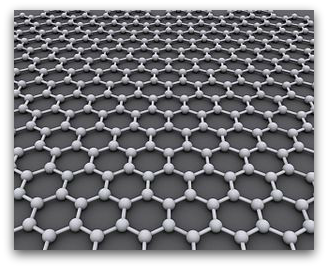
Image: AlexanderAIUS
Graphene’s potential seems limitless. From to patches that monitor glucose and inject treatment to water-splitting capabilities, the popularly proclaimed “wonder material” is finding a home in a host of applications. However, graphene has yet to make it wide-spread, commercial applications.
To help take graphene from the lab to society, the Graphene Flagship has been formed as a European initiative promoting collaborative research on the up-and-coming material. Recently, the initiative published a paper detailing the possibility of creating light-responsive graphene-based devices that could be applied to anything from photo-sensors to optically controllable memories.
(MORE: Listen to our podcast with nanocarbons expert Bruce Weiseman, where we talk graphene, fullerenes, and all things nano.)
This from Graphene Flagship:
The work shows how, by combining molecules capable of changing their conformation as a result of light irradiation with graphite powder, one can produce concentrated graphene inks by liquid phase exfoliation. These graphene inks can then be used to make devices which, when exposed to UV and visible light, are capable of photo-switching current in a reversible fashion.



 This spring, ECS will be coming to San Diego for our
This spring, ECS will be coming to San Diego for our  This year’s
This year’s 
 The
The